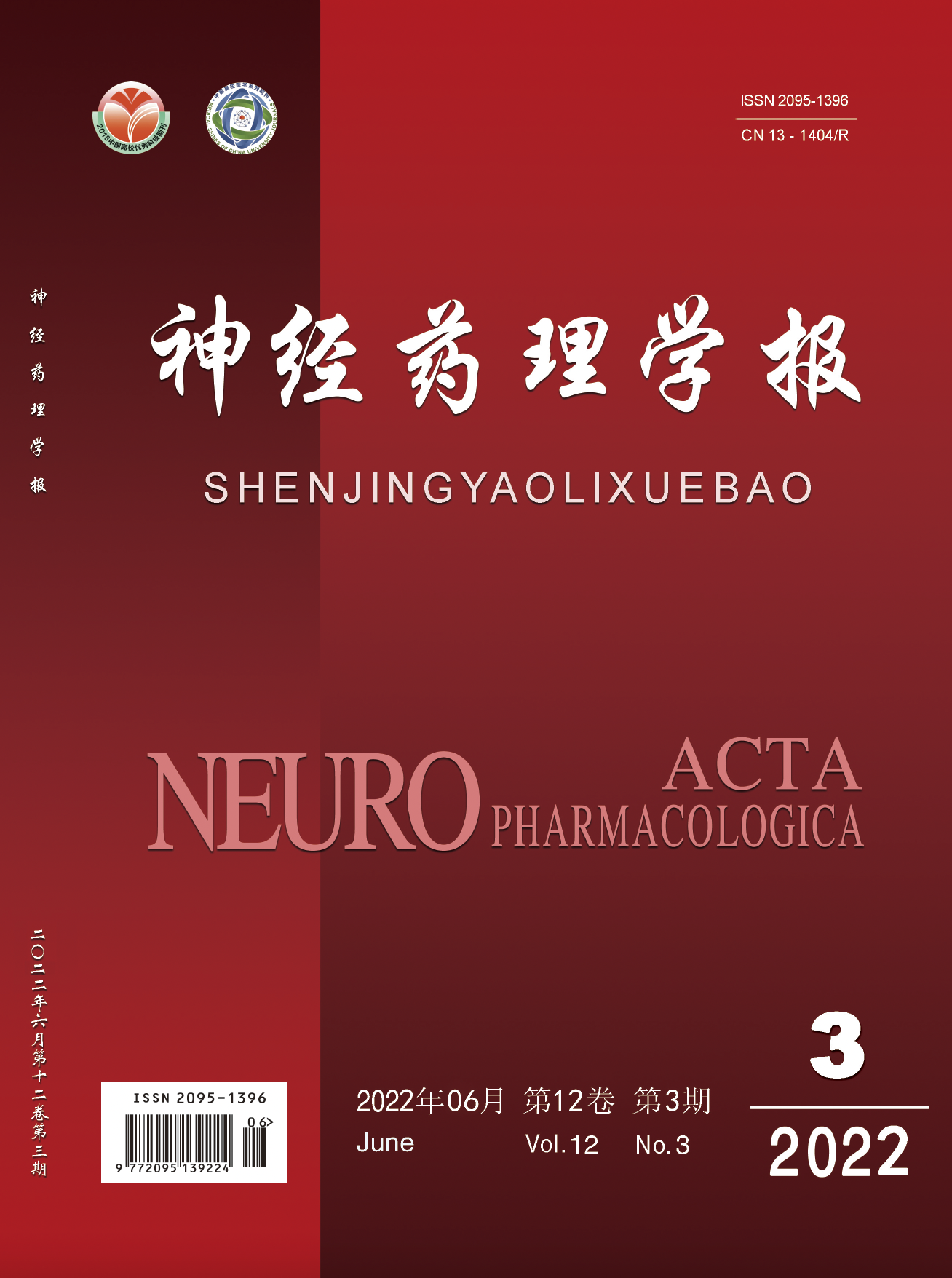Objective:To investigate the pharmacological effects of 5-HT2A/D2 receptor balancing antagonist NH809 on schizophrenia in vivo. Methods:The effects of NH809 on schizophrenia in vivo were evaluated by MK-801 hydrogen maleat(0.3 mg·kg-1,ip) induced hyperactivity model in mice,apomorphine (1 mg·kg-1,sc) induced climbing model in mice and conditioned avoidance response(CAR) in rats,and compared with risperidone. Results:NH809 had dose-dependent inhibitory effect on MK-801 hydrogen maleate induced high activity model,apomorphine-induced climbing behavior in mice and conditioned avoidance response in vivo,with ED50 of 0.04,0.05 and 0.24 mg·kg-1,respectively. The ED50 of risperidone in these three models were 0.06,0.68 and 0.60 mg·kg-1,respectively. Conclusion:NH809 has significant pharmacological effects on several animal models of schizophrenia,and its activity in vivo is better than risperidone.

